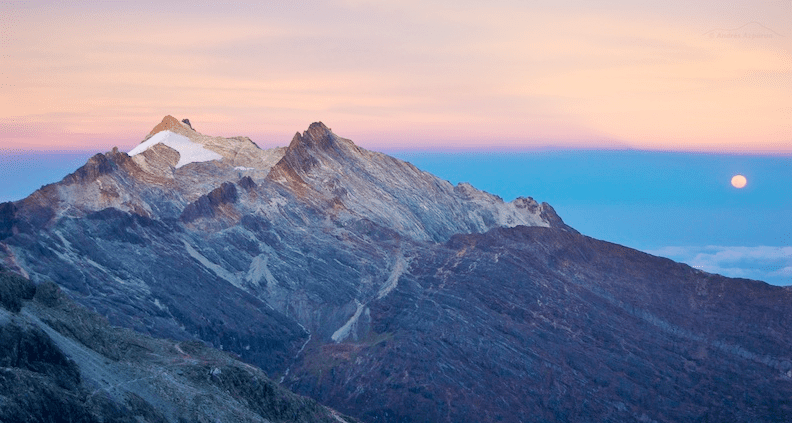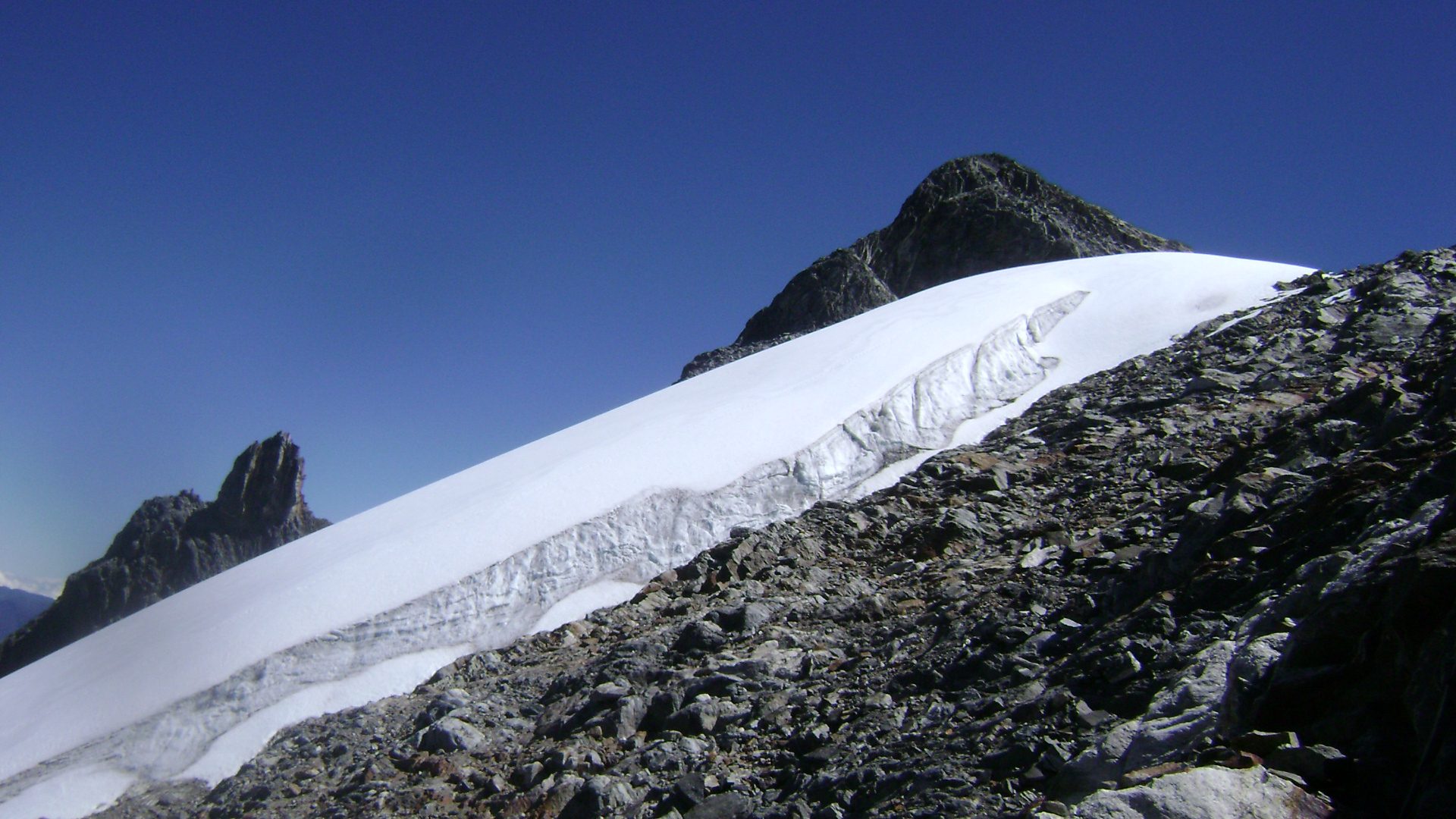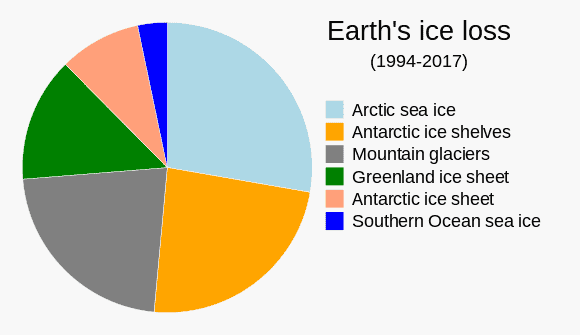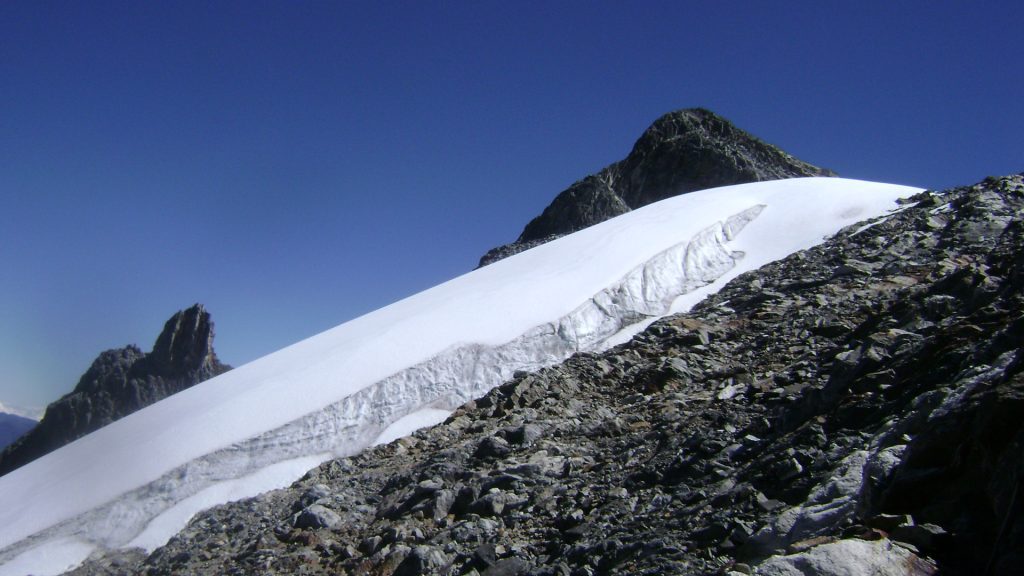
In 2020, a group of researchers stated that Venezuela is going to be the initial country to lose all its glaciers due to climate change. to lose all its glaciers because of climate change. had issued the same warning. Now, it seems to have become true, as the last of Venezuela’s large ice mass is probably too small to be called a glacier.
Julio Cesar Centeno, a university professor and advisor to the UN Conference on Environment and Development (UNCED), said, “There are no more glaciers in Venezuela. What we have left is a piece of ice that is 0.4 percent of its original size.”
The glaciers are melting away.
Venezuela’s geography is closely connected to the Andes Mountains, with Pico Bolívar being the highest point.
Some of these mountains used to have glaciers. Venezuela had six glaciers in the Sierra Nevada de Mérida mountain range, but only one small Humboldt glacier is left now. fallen by a staggering 98% between 1953 and 2019.
The International Cryosphere Climate Initiative (ICCI) states that Humboldt, also known as La Corona, is now too small to be considered a glacier.
Losing glacier status
The diminishing of Humboldt glacier has been remarkable, shrinking from 450 hectares to just two.
There’s no global standard for the size of a glacier, but according to the USGS, a commonly accepted figure is 10 hectares. Another commonly accepted definition is that a glacier moves and deforms under its own weight. Most ice masses around 10 hectares also don’t move under their weight, and Humboldt doesn’t.
Professor Mark Maslin from University College London mentioned that Humboldt definitely doesn’t qualify as a glacier.
“Glaciers are ice that fills valleys – that’s the definition – and therefore I would say Venezuela has no glaciers whatsoever,” he told the BBC.

Venezuela has lost its last glacier and is now officially devoid of glaciers. The “eternal snows” of Venezuela are no more. It’s the first country to do so due to man-made climate change.
“Other countries lost their glaciers several decades ago after the end of the Little Ice Age but Venezuela is arguably the first one to lose them in modern times,” said Maximiliano Herrera, a climatologist and weather historian who chronicles extreme temperature records on Twitter.
More countries to come
Venezuela isn’t an exception. Global temperatures have increased by an average of 0.11° Fahrenheit (0.06° Celsius) per decade since 1850, when the Industrial Revolution started. In recent years, as our greenhouse gas emissions have grown, this temperature increase has also accelerated. The rate of warming since the 1980s is over three times faster than the average.
This means that more countries are going to lose their glaciers. According to Herrera, Indonesia, Mexico, and Slovenia are next in line to become glacier-free. Meanwhile, Indonesia and Mexico are also facing unusually high heat that will make the glaciers melt faster. La Corona’s history appears to be a reflection of what will happen in other parts of the world as temperatures keep rising.
“This is a very sad record for our country, but also a unique moment in our history, providing an opportunity to not only convey the reality and immediacy of climate change impacts, but also to study the colonization of life under extreme conditions and the changes that climate change brings to high mountain ecosystems,” said Luis Daniel Llambi, an ecologist at Adaptation at Altitude, a program for climate change adaptation in the Andes, for The Guardian.
Can the glacier be rescued?
As long as global temperatures continue to rise, glaciers all around the world (not just in Venezuela) will continue to face problems. However, some approaches can bring local benefits.
For example, in December, the Venezuelan government revealed plans to slow down and even reverse the thaw by covering parts of the glacier with a thermal mesh that reflects the Sun’s heat. The cover consists of 35 separate pieces measuring 2.75 by 80 meters, which were brought in by helicopter. A similar approach is used in several European countries, particularly to protect ski slopes from melting.
“It allows us to maintain the temperature of the area and prevent the entire glacier from melting,” said Jehyson Guzman, governor of the western state of Merida which used to be home to Venezuela’s glaciers.
But critics of the plan argue that this is not enough and is happening too late. Some researchers including Centeno have even questioned the plan as having a negative impact, as the cover can degrade and break into smaller pieces of plastic (microplastics) that will pollute the environment.
A significant result of climate change

Losing glaciers is a major problem for the environment and economy worldwide.
Regions that rely on glacial meltwater for irrigation, such as South America and Central Asia, face challenges as shrinking glaciers reduce water runoff, essential for agriculture and drinking supplies. This reduction also affects hydropower production in places like Norway, the Alps, and the Pacific Northwest of North America.
Ecologically, reduced glacier-fed runoff puts at risk cold-water habitats crucial for species like salmon and cutthroat trout, potentially disrupting their survival and reproduction. Additionally, changes in glacier melt patterns could change ocean currents and the thermohaline circulation, affecting marine ecosystems and fisheries that are essential for human livelihoods.
Glacier melting can happen naturally, but the current accelerated retreat of glaciers is mainly caused by human-induced climate change, connected to increased atmospheric greenhouse gases. Normally, glaciers grow when accumulation of frozen precipitation exceeds ice loss; however, due to climate change, many glaciers are experiencing negative mass balances—where ice loss outpaces accumulation—resulting in continuous retreat.
By 2100, the prediction for glaciers under current climate change scenarios is mostly negative. Most glaciers around the world are expected to continue shrinking at a faster pace. Studies indicate substantial decreases in glacier volume, with some projections indicating that many of the world’s smaller glaciers will completely disappear.
Major glacier systems in areas like the Himalayas, the Alps, and North America could lose more than 80% of their current mass, significantly impacting water availability for billions of people, changing river ecosystems, and raising sea levels.
The situation in Venezuela is just a warning for a much larger issue. This extensive glacier loss emphasizes the urgent need for strong climate action to lessen emissions and control global warming.









